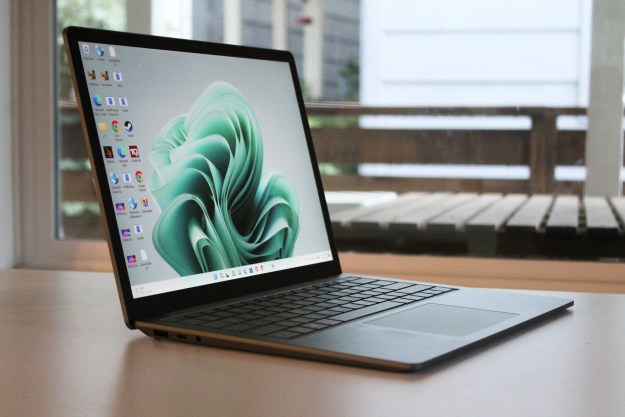Microsoft Corporation has taking its Open Office XML format back to the International Standards Organization (ISO) and International Electrotechnical Commission (IEC) in hopes of swaying some members to back it as an international document standard. The week-long talks won’t involve any voting, but the Redmond software giant hopes it can convince members that OOXMl is the only realistic way towards a universal document format that retains backward compatibility with the billions of Microsoft Office documents already in existence.
Microsoft would need two thirds of the memers to vote in favor of the draft proposal for it to advance on the standards track. The proposal only got support from 53 percent of voting members in September, amid accusations that Microsoft attempted to manipulate the vote in its favor.
Open Office XML competes with OpenDocument Format (ODF), another XML-based document format that leverages other standards already adopted by the W3C. Critics have noted that Microsoft’s OOXML is far more complex than ODF, and with over 6,000 pages of documentation (compared to ODF’s 860 pages) is still inadequately documented—a charge which echoes U.S. and EU antitrust officials’ concerns over Microsoft technology, which the company is attempting to address with a new interoperability pledge. Microsoft argues ODF doesn’t offer capabilities needed by spreadsheet applications, and isn’t capable of supporting several key elements of existing Microsoft Office documents.
In an open letter (PDF) that may have more to do with realism than personal preference, co-editor of the ODF specification Patrick Durusau has called for “co-evolution” of the OOXML and ODF formats: rather than attempting to unify them and produce a single, coherent document format, he believes the two standards could benefit from each other. “If we had a co-evolutionary environment, one where the proponents of OpenXML and OpenDocument, their respective organizations, national bodies and others interested groups could meet to discuss the future of those proposals, the future revisions of both would likely be quite different,” Durusau wrote. “Co-evolution means that the standards will evolve based on the influence of each other and their respective user communities. Both remain completely independent and neither is subordinate to the other.” Durusau has expressed support for OOXML, saying that he believes the format is ready for development by the ISO standards body.
ISO/IEC members who voted in September have 30 days in which they can change their votes.
Editors' Recommendations
- Microsoft Word free trial: Get a month of service for free
- How to double space in Microsoft Word
- The most common Microsoft Teams problems and how to fix them
- How to set up Windows 11 without a Microsoft account
- How to take a screenshot on a Mac


